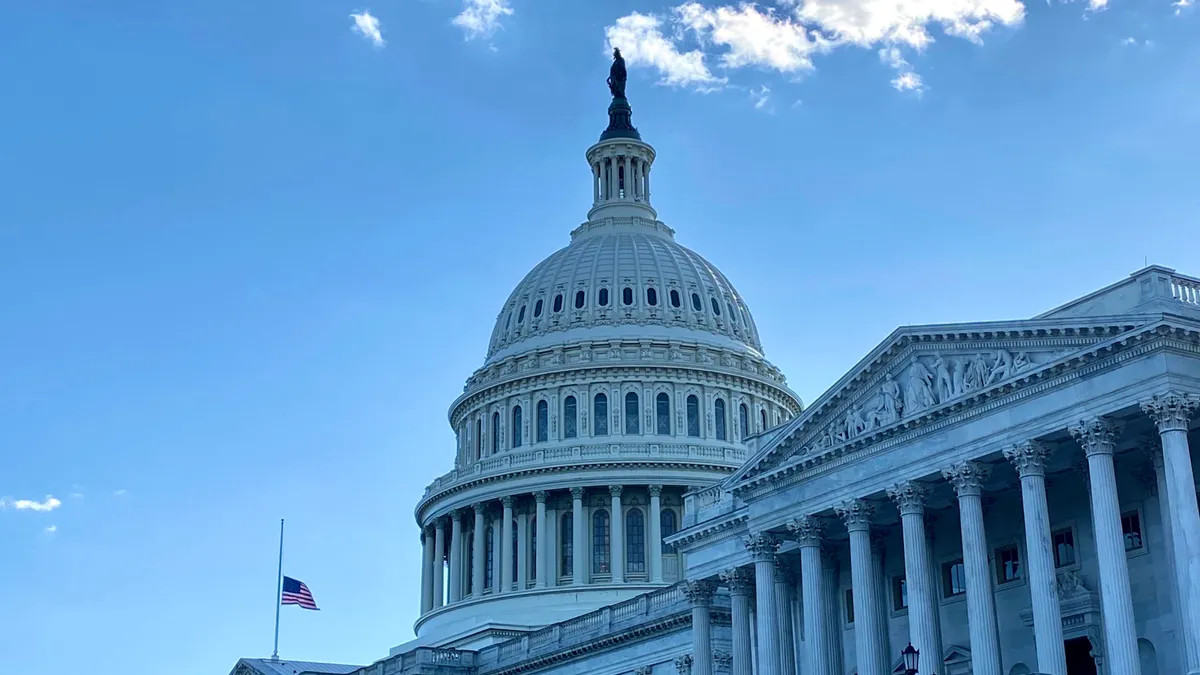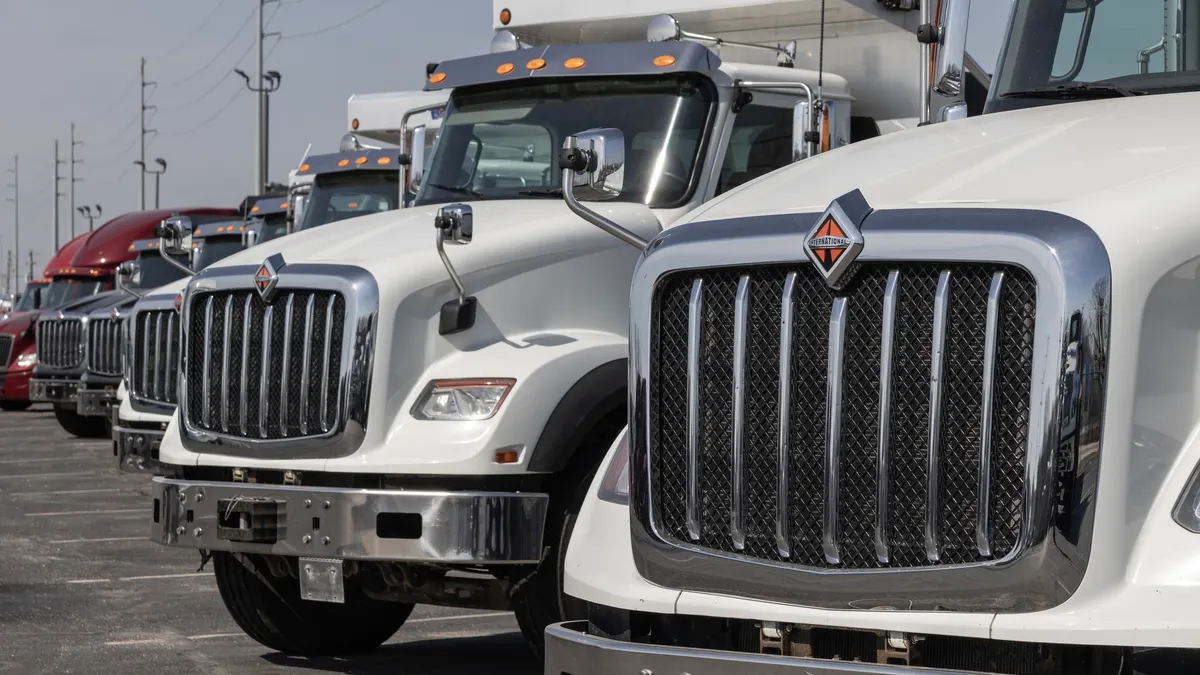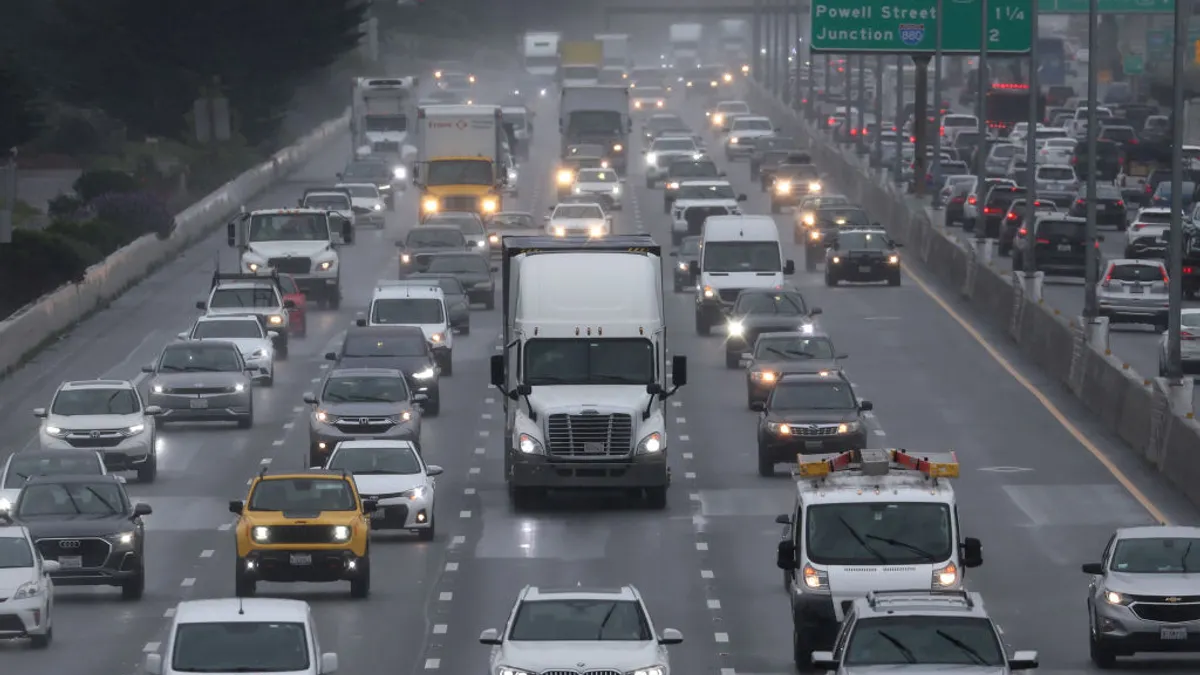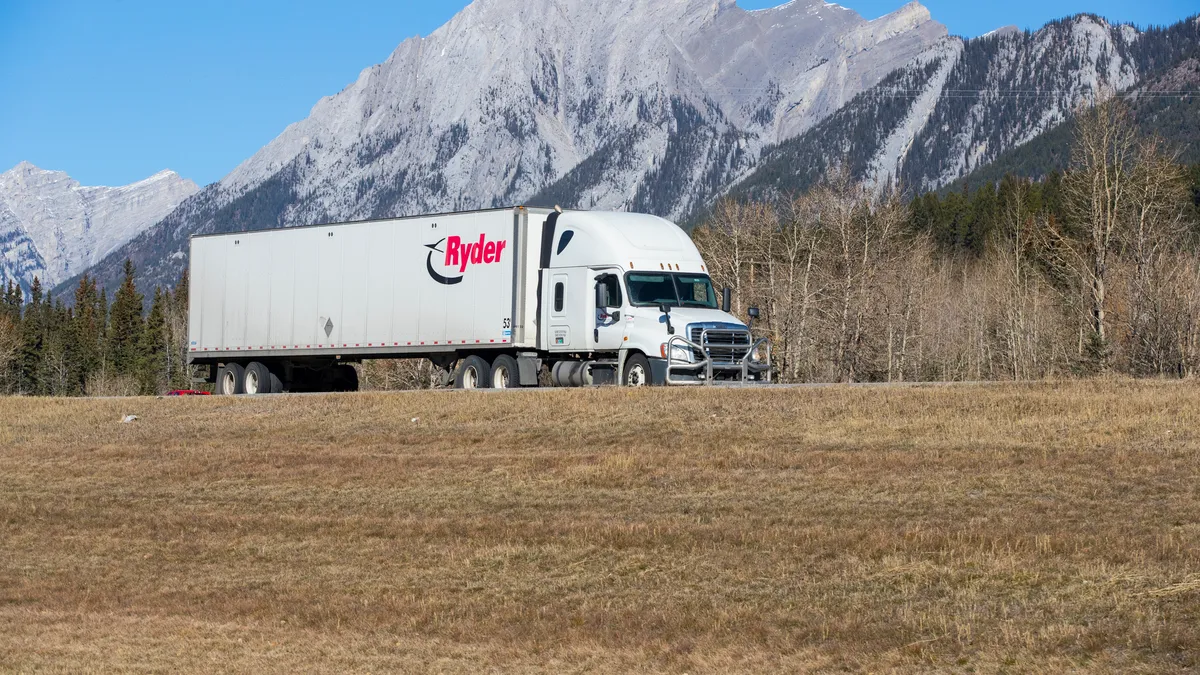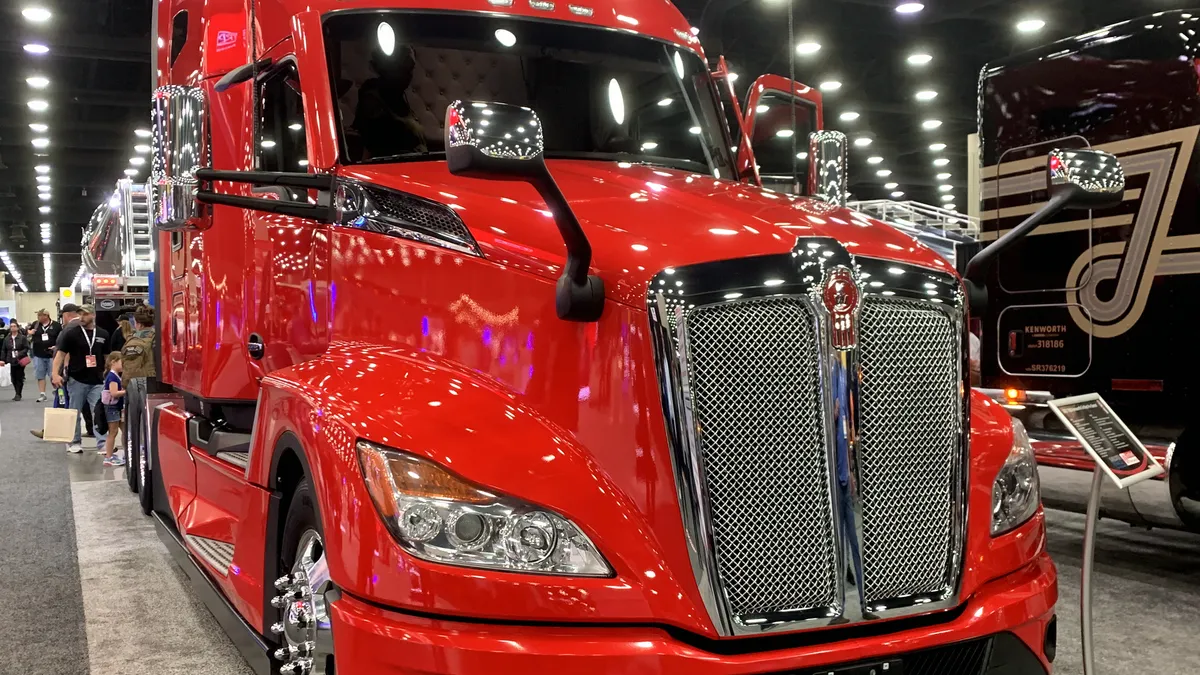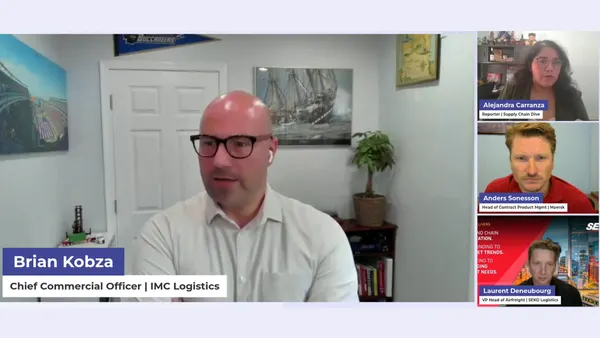This is a contributed op-ed written by Daniel Burrows, founder and CEO of TruckLabs. Opinions are the author's own.
Delivering this country's freight requires a huge number of vehicles, traversing a huge number of miles. There are 3.91 million Class 8 trucks on the road today.
Considering all that equipment, and all those miles, it's no wonder the Environmental Protection Agency estimated that medium- and heavy-duty commercial trucks were responsible for 24% of all greenhouse gas emissions in the U.S. transportation sector in 2019.
This concentration of emissions is certainly cause for concern. But it also presents a unique opportunity to make a focused effort to create a positive impact.
It's clear fleets will have to change or retrofit their equipment and start using more sustainable trucks. But doing so can require a sizable investment. Government funding will be necessary, if the goal is to achieve fewer carbon emissions throughout the industry.
That's exactly what the Supporting Trucking Efficiency and Emission Reductions Act, or STEER Act, aims to do. The STEER Act was recently introduced to Congress by Rep. Rodney Davis, a Republican from Illinois. It represents a practical, market-driven approach to helping trucking companies of all sizes to retrofit their fleets.
Steering toward greener heavy-duty trucks
The STEER Act — which has received bipartisan support from Rep. Josh Gottheimer, a Democrat from New Jersey — focuses on the heavy-duty trucking sector. It's a five-year, $500 million voucher program intended to offset the cost of retrofitting emission-reducing active technologies on Class 8 trucks in the U.S.
The federal government is running numerous programs to help curb all kinds of emissions. In July, the Department of Energy announced $60 million for 24 research and development projects aimed at reducing carbon dioxide emissions from passenger cars and light- and heavy-duty trucks.
And additional funds were earmarked within the Biden administration's multi-trillion-dollar infrastructure plan, focused primarily on spurring the continued development and adoption of electric and hydrogen-powered vehicles. However, the pared-down version of the bill currently being debated in the House further underscores the importance of passing the STEER Act as a standalone bill.
But the STEER Act puts a focus on small trucking fleets, covering $4,000 or 75% of the total costs per unit for retrofitting fleets operating 10 trucks or fewer. It also includes offsets for medium and large fleets.
It's important to note that, according to the Owner-Operator Independent Drivers Association, 95% of all for-hire trucking fleets have fewer than 20 trucks. These are small- to medium-sized businesses that employ roughly 3.7 million hard-working Americans, and they will need help in funding a transition to a more fuel-efficient future.
They can't reasonably be expected to foot the bill alone, especially in an accelerated time frame. If all Class 8 trucks were retrofitted with emission-reducing active technologies that the STEER Act supports, national fuel consumption could be cut by 4.5 billion gallons per year, according to Davis.
It's clear that fleets will have to change or retrofit their equipment and start using more sustainable trucks. But doing so can require a sizable investment.

Trucking companies would benefit from these fuel savings. It's money that can be used to grow their businesses and increase driver pay. And the reduction in fuel consumption would also eliminate 50 million tons of CO2 emissions per year — a huge step in the right direction.
Some say we should not focus on efficiency technologies and instead just move rapidly to an electric truck future, but that does not reflect the reality that, today, 97% of over-the-road Class 8 trucks today are diesel-powered and will continue to be for the near future.
The STEER act targets drag-reduction technologies which can help all trucks, regardless of fuel type. This helps reduce emissions from diesel trucks today, while also helping electric trucks with greater range and smaller batteries. This enables us to act now and also paves the way to an alternative fuel future.
Making more fuel-efficient technologies available to trucking fleets will require the support and leadership of the federal government. Congress can accelerate the adoption of these technologies through a program designed to offset the costs of purchase and installation, as proposed in the STEER Act.
And if enacted, it would be a significant, bipartisan, and market-driven approach to reducing greenhouse gas emissions.
I strongly urge my colleagues in the transportation and technology industries to show their support for the STEER Act. It's good for our nation, our economy, our industry and the planet we share.
To submit an opinion piece for publication on the Transport Dive website, please visit https://www.transportdive.com/opinion/submit-opinion/ and view our guidelines and submission form.


